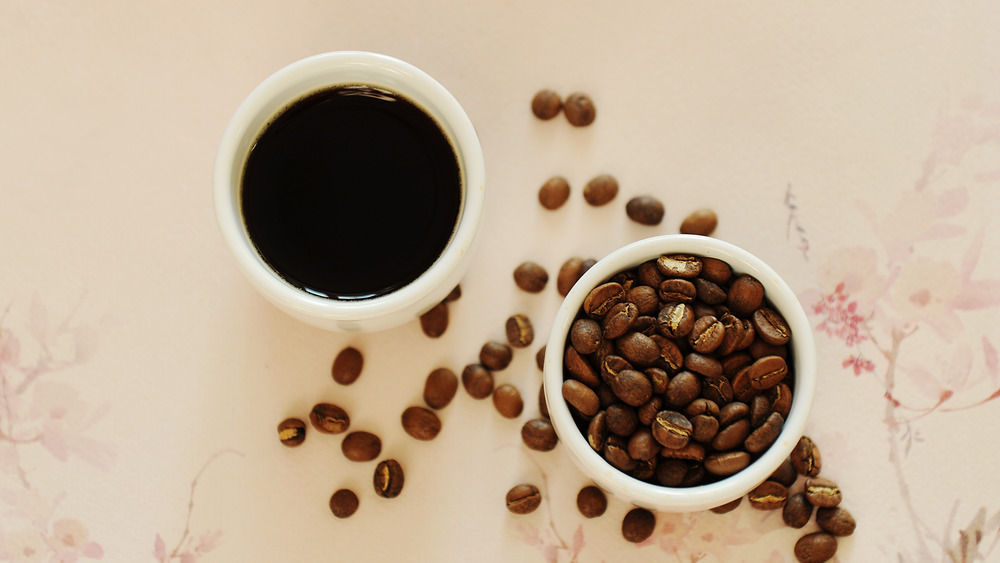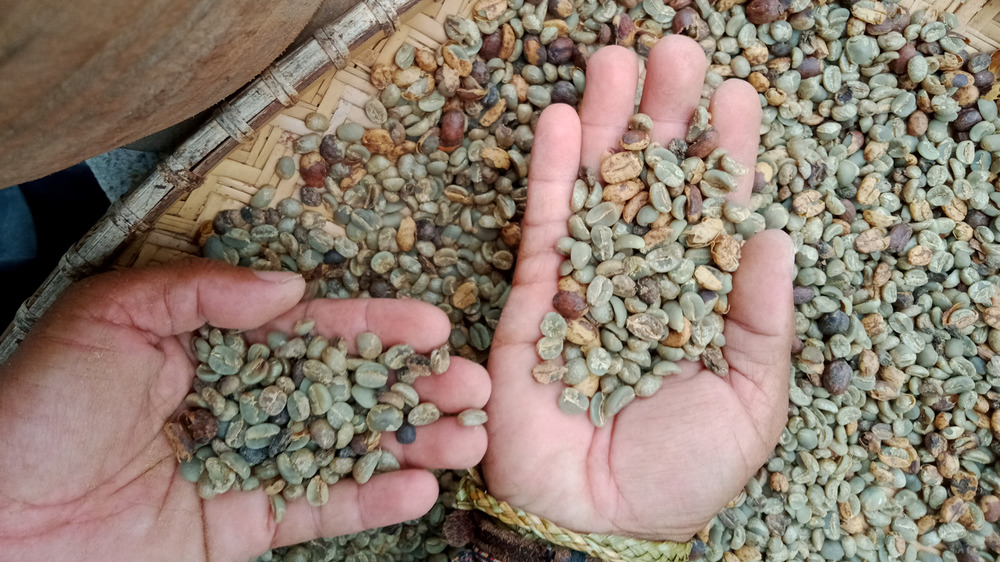What Is Anaerobic Coffee And Why Is It Trending?
Vine Pair recently released an article asking whether anaerobic coffee is the next big trend in coffee. Before we consider this, however, we should better describe what anaerobic coffee actually is. The Coffee Review describes anaerobic fermentation — the term the coffee industry has decided to use for the process of making anaerobic coffee — as one in which makers ferment the beans in low oxygen containing tanks, thus intensifying lactose-bearing bacteria, rather than alcoholic ones, which love oxygen.
The point is to "suppress the action of yeasts in the ferment, which tend to create fruity, alcohol notes, while encouraging, through reducing the availability of oxygen, the action of bacteria that create sweet-tart lactic acids." They hesitate, however, adding that this isn't anaerobic, which means without oxygen, as the process induces a low oxygen environment. Still, "if it turns out that the coffee world goes for 'anaerobic,' so be it."
In the Daily Coffee News, Chris Kornman, writes about how the flavors made in this manner tend to have more precise, expressive, and uncommon profiles than other coffees. He lays equal importance on the need for coffee makers to have a terminology to explain what they're doing. If a certain coffee is labeled as "anaerobic" people would know the maker means that they have created a sealed environment for hours to days after the industry's usual pulping stage. In the end, anaerobic coffee is simply another luxury coffee trying something different.
Why is anaerobic coffee trending?
That provides an overview for what anaerobic coffee is, but it doesn't explain why it would be trending. The sudden interest in this method, may be due to the market finally catching up to the more artisanal or coffee obsessive side of the industry. While the articles quoted above are both treating anaerobic coffee as a new process, in 2019 an article by Grao Especial covering the 2018 World Brewers Cup in Brazil, treats the process as something broadly understood.
Moreover, this snippet from the film The Coffee Man that covers Saša Šestić's win at the 2015 World Barista Championships, also discusses the method he introduced: carbonic maceration. Though the terminology differs, the process is similar to essentially the same. As Chris Kornman comments in his piece, "There's a sense in which anaerobic and carbonic could be used interchangeably — both refer to limited oxygen."
On a more day-to-day level, one user on Reddit commented in 2018 that a Costa Rican coffee in their local supermarket proclaims itself as "anaerobic." The whole picture then is that in the mid-2010s, at least one coffee maker was experimenting with new coffee production methods that spread to others in the later part of the decade. Today, it seems it's spreading even more publicly.
However, before you strike out to find and consume this newish coffee trend, you should know that the extra labor causes higher prices with this brand costing $18 for just eight ounces.

